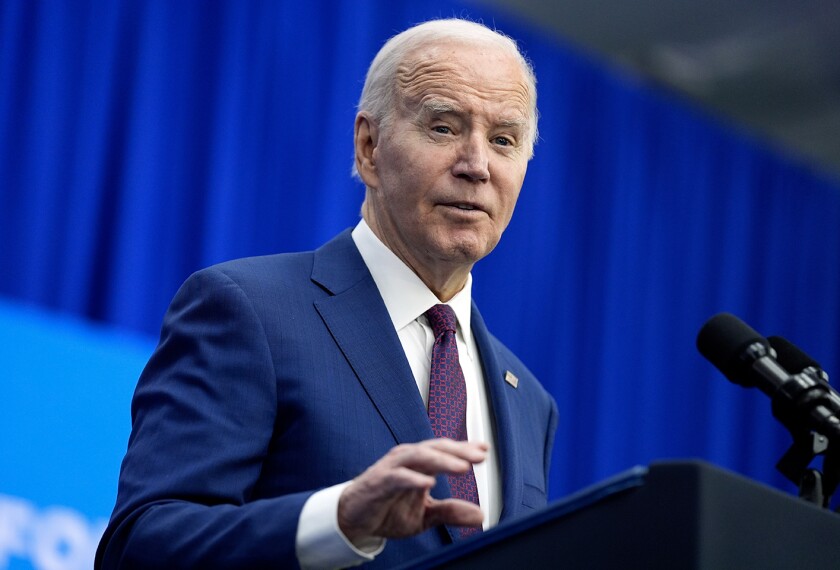More children would be enrolled in the federal free school lunch program and schools would be reimbursed a higher amount for those lunches under bipartisan legislation introduced last month in the U.S. House of Representatives.
The Improving Nutrition for America’s Children Act of 2010 would allow schools in high-poverty areas a new option called “community eligibility,” which permits free meals to all students without collecting paper applications.
The bill would, for the first time, establish mandatory national nutrition standards for foods sold outside of the cafeteria, such as in vending machines, and would expand direct certification for school meals for foster children and children who are eligible for Medicaid. The bill also provides $10 million for expansion of and grants for the School Breakfast Program.
The federal reimbursement rate is currently $2.68 per meal for free lunches, and is adjusted each year for inflation. The bill proposes increasing the reimbursement rate by 6 cents per meal.
“This status quo increases our nation’s health care bill, it affects our ability to recruit for the military, and, most importantly, it will not let us produce the generation of well-educated, healthy kids who will be competitive in the global economy of the 21st century,” said U.S. Department of Agriculture Secretary Tom Vilsack in a statement supporting the change.
The total cost of the bill is $8 billion over 10 years.
A bill introduced in the U.S. Senate in March proposed $4.5 billion over 10 years for child nutrition programs and is also awaiting floor action. The Senate bill, called the Healthy, Hunger-Free Kids Act of 2010, would also allow the community eligibility option and a 6-cent reimbursement increase, but it is less than half of the $10 billion effort over 10 years that was requested by President Obama.
In 2009, an estimated 31.3 million subsidized meals were served daily. The number of free lunches served daily has risen steadily over the years, from an average of 13 million in 2000 to 16.3 million last year.
Neither bill has been scheduled for a vote in their respective chambers, a concern for school lunch supporters who would like to see action taken before the August recess. The Child Nutrition Act is reauthorized every five years. Last year, Congress voted on a one-year extension of the program, which expires in October.






